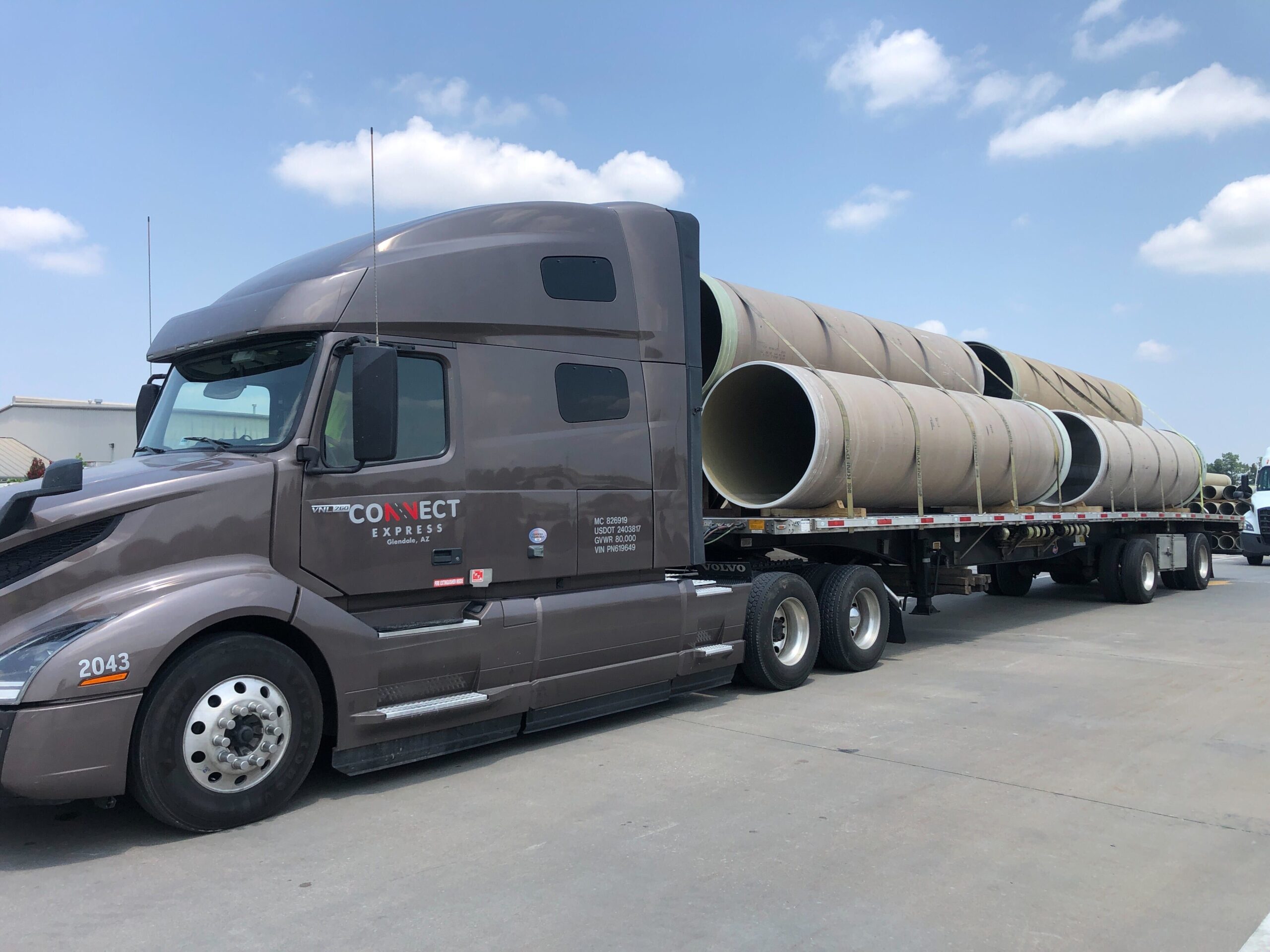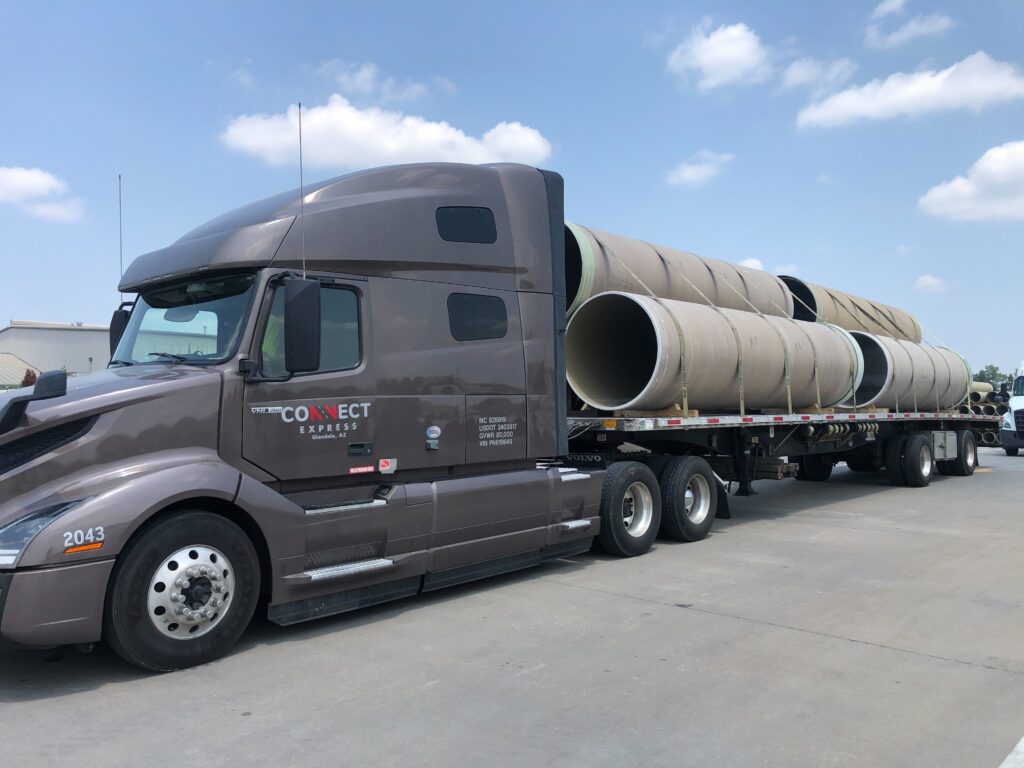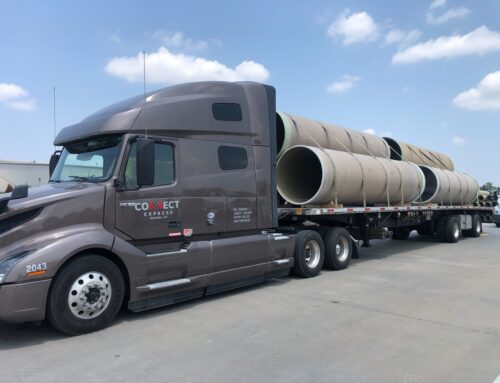
Cost-Effective Shipping Options to Streamline Your Operations
Table Of Contents:
- Cost-Effective Shipping Options for Your Business
- Key Takeaways
- Analyzing Your Current Shipping Profile for Savings
- Selecting Economical Carriers and Services
- Optimizing Packaging to Lower Shipping Expenses
- Implementing Smart Strategies for Reduced Shipping Rates
- Leveraging Technology for Cost Effective Shipping Options
- Structuring Customer Shipping Charges for Profitability
- Final Thoughts
- Frequently Asked Questions
Cost-Effective Shipping Options for Your Business
Key Takeaways
- Understanding current shipping profiles helps identify cost-saving opportunities and inefficiencies.
- Comparing carrier rates and selecting suitable services can significantly lower shipping expenses.
- Optimizing packaging and leveraging technology contribute to reduced costs and enhanced customer experience.
- Smart strategies such as volume discounts and invoice audits help manage shipping fees effectively.
- Structuring customer shipping charges appropriately boosts profitability and meets expectations.
Analyzing Your Current Shipping Profile for Savings
The first step in reducing shipping costs is to analyze your current shipping profile. Businesses must evaluate key metrics such as the average shipment weight, dimensions, and the frequency of deliveries to identify potential savings. Calculating your average shipment weight and dimensions helps determine if your shipments are being assessed on actual weight or dimensional weight—a critical factor for carriers when setting fees. By analyzing the most frequent shipping destinations, companies can pinpoint areas where flat rates may be beneficial or where consolidating shipments could offer cost benefits.
Calculate Your Average Shipment Weight and Dimensions
Businesses should gather data from past shipments and calculate an average weight and size per package. Knowing these numbers is crucial for negotiating rates and verifying if carriers’ dimensional weight pricing is applicable. This step helps in identifying excessive packaging sizes or weight overages that may inflate costs unnecessarily.
Determine Your Most Frequent Shipping Destinations
Determine which regions or zip codes receive the most shipments. This insight can help businesses focus on negotiating discounts with carriers that perform best in those areas. Shipping to high-volume regions may qualify for special rates or discounted promotions.
Assess Your Current Carrier Agreements and Rates
Review the terms of current agreements, including any minimum fee commitments or surcharges. This understanding aids in benchmarking existing costs and identifying opportunities to switch carriers or renegotiate for better rates. An in-depth review allows businesses to determine if current terms align with their shipment volume and profile.
Identify Peak Shipping Periods for Your Business
Identifying periods with high shipping activity can reveal times when carriers might charge premium rates. By knowing these peak times, companies can plan ahead—for instance, consolidating shipments or scheduling deliveries during off-peak hours—to mitigate increased costs.
Review Your Return Shipping Processes and Costs
Returns can comprise a significant portion of shipping expenditure. Evaluate how and where return shipments are processed and determine if initiating return partnerships or using a dedicated reverse logistics provider would lower overall costs.
Selecting Economical Carriers and Services
Choosing the right carriers is essential for effective cost management. Businesses should compare rates from national and regional carriers, looking specifically at their fees for lightweight and residential deliveries. Evaluating services such as USPS can often reveal opportunities for cheaper shipping options when dealing with smaller packages or envelopes. Additionally, considering discounted shipping services and consolidators can provide predictable costs through structured flat rate shipping options. Selecting carriers whose service levels match your customer expectations ensures high satisfaction without unnecessary expense.
Compare Rates From National and Regional Carriers
Research and compare cost structures, taking into account base fees, surcharges, and accessorial charges. A detailed comparison helps in choosing a provider that best serves your business profile while keeping costs low.
Evaluate USPS for Lightweight and Residential Deliveries
USPS often offers competitive flat rates for lightweight packages, making it an attractive option for businesses with frequent residential deliveries. Their standardized pricing can lead to predictable monthly shipping costs, especially if a substantial percentage of shipments falls under cost-effective weight brackets.
Consider Discounted Shipping Services and Consolidators
Many third-party providers offer discounted rates by consolidating shipments or negotiating bulk discounts with larger carriers. Contracting with such services can unlock significant savings, particularly when shipping volumes are high or when dealing with remote destinations.
Explore Flat Rate Shipping Options for Predictable Costs
Using flat rate shipping options simplifies budgeting and protects businesses from fluctuating fuel surcharges and other variable charges. This method is particularly beneficial when shipping items that fit into standardized flat rate boxes provided by carriers.
Match Service Levels to Customer Expectations and Urgency
Ensure that the chosen carrier meets both cost-efficiency and service reliability. Balancing the need for speed with cost constraints is vital for maintaining customer satisfaction while reducing overhead. Offering multiple service levels can also provide customers with the option to choose based on their urgency and budget.
Optimizing Packaging to Lower Shipping Expenses
Packaging optimization plays a pivotal role in reducing shipping fees. Utilizing right-sized packaging prevents unnecessary dimensional weight charges, and selecting lightweight materials helps keep overall weight to a minimum. Businesses should secure free or discounted shipping supplies from carriers, which can lead to additional savings over time. Moreover, implementing strategies to reduce package tampering and damage can reduce return costs and lost revenue. Standardizing box sizes not only simplifies the packing process but also streamlines compliance with carrier requirements.
Utilize Right-Sized Packaging to Avoid Dimensional Weight Fees
By selecting packaging that fits the product closely, companies can lower dimensional weight fees—a common cost driver in shipping. Precision in packaging ensures that carriers are not overcharging based on empty space.
Choose Lightweight Packing Materials
Switching to lighter materials without compromising protective qualities can result in overall weight reduction. This is especially useful when shipping to regions where every extra pound increases costs.
Secure Free or Discounted Shipping Supplies From Carriers
Many carriers offer free or discounted packaging supplies to frequent shippers. Utilizing these benefits can minimize overhead expenses on materials and contribute to a more sustainable supply chain.
Implement Strategies for Reducing Package Tampering and Damage
Using robust packaging that minimizes the risk of damage reduces the frequency of returns and re-shipments. Proper sealing and protective measures help maintain integrity during transit.
Standardize Box Sizes for Efficient Packing
Standardizing box sizes across shipments promotes efficiency and reduces variability in shipping costs. It also simplifies the process of negotiating carrier rates based on predictable package dimensions.
Implementing Smart Strategies for Reduced Shipping Rates
Smart shipping strategies are essential for businesses seeking a competitive edge in logistics. Negotiating volume discounts with preferred carriers helps secure lower rates as shipping volumes increase. Utilizing third-party insurance for high-value shipments guards against loss without excessive cost. Consolidating multiple orders into a single shipment can cut fees and improve efficiency. Additionally, exploring zone skipping for high-volume shipments reduces fuel surcharges and transit time. Auditing shipping invoices for errors and overcharges is a practice that ensures accuracy and ongoing savings.
Negotiate Volume Discounts With Your Preferred Carriers
By leveraging consistent shipping volumes, businesses can negotiate better rates. Carriers are often willing to offer discounts for long-term contracts and high-frequency shipments, directly lowering cost per shipment.
Utilize Third-Party Insurance for High-Value Shipments
For high-value cargo, purchasing third-party insurance can be more cost-effective than carrier-provided options. This ensures adequate coverage while reducing the overall premium impact on shipping costs.
Consolidate Multiple Orders to a Single Address
Combining several orders destined for the same address reduces individual handling fees. This consolidation minimizes packaging waste and tracking costs while improving delivery efficiency.
Explore Zone Skipping for High-Volume Shipments
Zone skipping involves bypassing local delivery charges by grouping shipments and shipping directly to a regional hub. This approach significantly reduces crossing fees and fuel surcharges in high-volume scenarios.
Audit Shipping Invoices for Errors and Overcharges
Regularly reviewing shipping invoices helps identify billing errors or overcharges. An audit process is essential for ensuring that the costs being charged are accurate and in line with previously negotiated rates.
Leveraging Technology for Cost Effective Shipping Options
Advancements in technology have revolutionized shipping logistics, offering cost-effective options for modern businesses. Shipping software that compares rates instantly saves time and reduces manual effort. Automating label printing and manifest creation not only streamlines operations but also minimizes human error. Integration of shipping platforms with ecommerce systems ensures seamless data transfer, reducing delays and customer inquiries. Address verification tools help prevent delivery issues and re-shipments, further lowering costs. By adopting these technological solutions, companies improve efficiency and enhance the overall customer experience.
Employ Shipping Software to Compare Rates Instantly
Software solutions allow businesses to instantly compare shipping rates from multiple carriers. This real-time data supports smarter decision making and dynamic rate selection based on current market conditions.
Automate Label Printing and Manifest Creation
Automation in packaging and shipping processes reduces manual errors and speeds up order processing. Label printing and manifest generation can be integrated with order management systems to ensure accuracy and consistency.
Integrate Shipping Platforms With Your Ecommerce System
Linking shipping data directly to your ecommerce platform enables seamless order fulfillment and real-time tracking updates, reducing delays and enhancing customer satisfaction.
Track Shipments Efficiently to Minimize Inquiries
Advanced tracking tools provide customers with precise, real-time updates, thereby minimizing inquiries and operational disruptions. This transparency reduces customer service costs and fosters trust.
Use Address Verification Tools to Prevent Delivery Issues
Automated address verification prevents incorrect or incomplete shipping information before labels are printed. This reduces delivery exceptions, re-shipments, and associated costs.
Structuring Customer Shipping Charges for Profitability
To maintain profitability, businesses must structure customer shipping charges effectively. Offering tiered shipping options based on speed allows customers to choose between cost and delivery time, while setting a threshold for free shipping can incentivize larger orders. Implementing real-time carrier calculated rates during checkout ensures transparency and fairness. In some cases, flat-rate shipping offers simplicity and predictability. Factoring shipping costs into overall product pricing helps maintain competitive margins without eroding customer satisfaction.
Offer Tiered Shipping Options Based on Speed
Providing customers with tiered shipping models gives them control over cost versus speed. This flexibility enhances satisfaction and builds trust in the fulfillment process.
Determine a Threshold for Free Shipping
Setting a minimum spend requirement to qualify for free shipping encourages higher order values while covering the additional shipping costs within increased revenue.
Implement Real-Time Carrier Calculated Rates at Checkout
Real-time calculations at checkout offer an accurate reflection of shipping costs based on the current carrier rates. This transparency reduces unexpected fees and improves customer trust.
Consider Flat-Rate Shipping for Simplicity
Flat-rate shipping ensures that customers are charged a predictable, uniform rate regardless of varying shipment dimensions or weight, resulting in easier budgeting for both the business and its customers.
Factor Shipping Costs Into Product Pricing
Integrating shipping costs into product prices allows businesses to offer “free shipping” promotions while ensuring profitability. This approach simplifies pricing strategy and improves market competitiveness.
Final Thoughts
In summary, reducing shipping expenses for your business requires a comprehensive approach that begins with a deep understanding of your current shipping profile. By selecting economical carriers, optimizing packaging practices, and leveraging smart strategies and technology, companies can substantially lower their shipping expenses. Importantly, structuring customer shipping charges with profitability in mind creates a balance that benefits both the business and its customers. Moving forward, businesses should continue monitoring shipping performance and adjusting strategies to maintain competitive, cost-effective operations.
Frequently Asked Questions
Q: How can I accurately calculate my shipment’s average weight and dimensions? A: Collect historical shipping data and compute averages to determine whether shipments are charged by actual or dimensional weight. This analysis aids in optimizing packaging and negotiating better carrier rates.
Q: What benefits do flat-rate shipping options offer? A: Flat-rate shipping offers predictable monthly costs by standardizing fees, reducing unexpected surcharges related to dimensional weight, and simplifying budgeting processes for both shippers and customers.
Q: How does shipping software improve cost efficiency? A: Shipping software automates rate comparisons, label printing, and integration with ecommerce systems, minimizing manual errors and streamlining the entire shipping process.
Q: Why is standardizing box sizes important? A: Standardized box sizes help reduce dimensional weight fees, simplify negotiations with carriers, and create consistency in shipping processes, leading to overall cost savings.
Q: How can negotiating volume discounts reduce shipping costs? A: Volume discounts leverage high shipment numbers, allowing businesses to secure lower rates and improve profitability over time through sustained carrier relationships.















